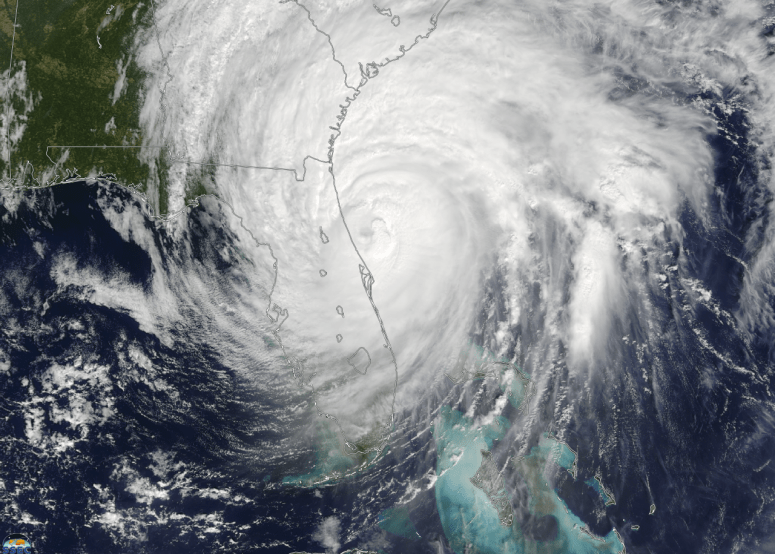Research published by the National Oceanic and Atmosphere Administration (NOAA) revealed that an increase in the frequency of hurricanes is the result of cleaner air in the atmosphere. European and American cities have seen a considerable decrease of about 50% in pollution, which has led to a 33% increase in the formation of Atlantic storms. On the other hand, an opposite thing has been seen in the Pacific Ocean in which there is more pollution but the frequency of typhoons is much lower as compared to the U.S and Europe. A researcher working on this project named Hiroyuki Murakami has proved this phenomenon by analyzing the trends from computer simulations rather than natural climate cycles. He found out that the production of aerosol from the automobile industry has resulted in the fabrication of sulfur particles and droplets which made the air cooler and denser, reducing the emissions of greenhouse gases as well, thus consequently leading to the reduction in hurricanes.
However, on the other hand, warm water is required for the formation of hurricanes, which brings about their more frequent occurrence in the atmosphere, and this is the underlying cause of the increase in hurricane levels and greater pollution in the Pacific. In the mid-70s and 80s, aerosol production was at its peak which caused the cooling and thus give rise to the reduction in warming up the atmosphere due to greenhouse gas emissions. But now, the aerosol levels are dropping steadily, which means the cooling effect left in our atmosphere is about to end, thereby contributing to the increase in temperatures due to greenhouse gases, which is the underpinning reason for the increase in hurricanes in the Atlantic. Climate and hurricane scientist Jim Kossin of the risk firm said that “That’s why the Atlantic has gone pretty much crazy since the mid-90s and why it was so quiet in the 70s and 80s. It gave a lot of people in the 70s and 80s a break, but we’re all paying for it now.”

Murakami said, “In the Pacific, aerosol pollution from Asian nations has gone up 50% from 1980 to 2010 and is starting to drop now. Tropical cyclone formation from 2001 to 2020 is 14% lower than from 1980 to 2000”. The adverse effects of air pollution spare no one, and when it comes along with hurricanes, the situation becomes more daunting. Kristie Ebi, who wasn’t part of the study, said, “Air pollution is a major killer, so reducing emissions is critical no matter what happens with the number of cyclones.”
You can read the study here.



